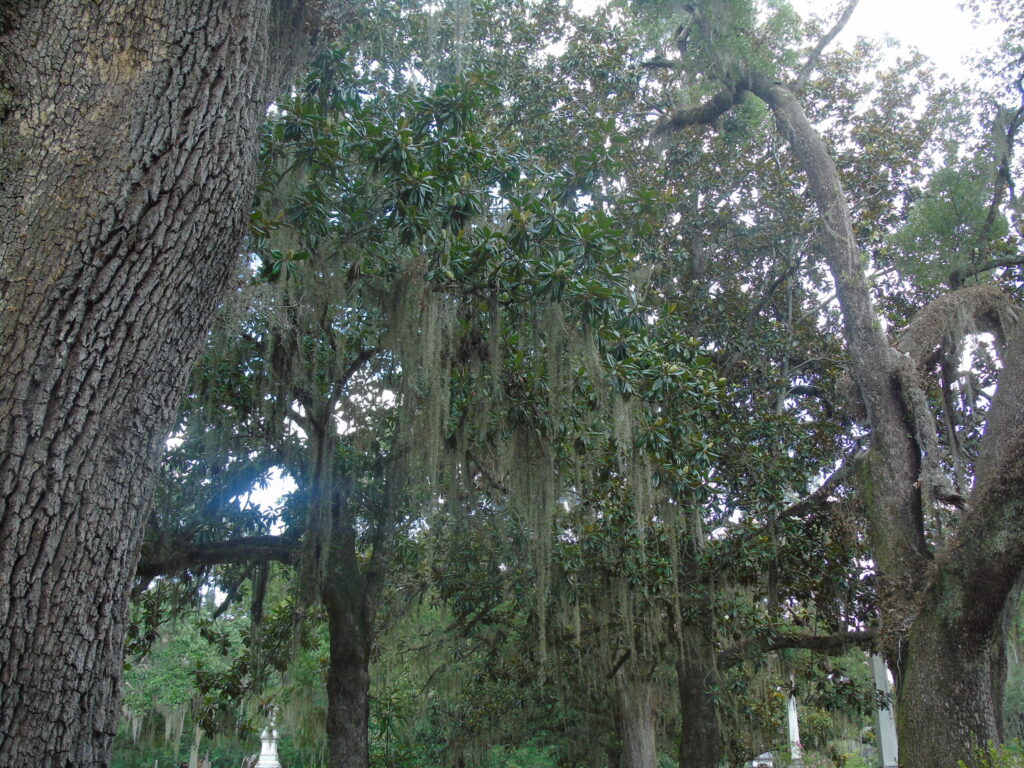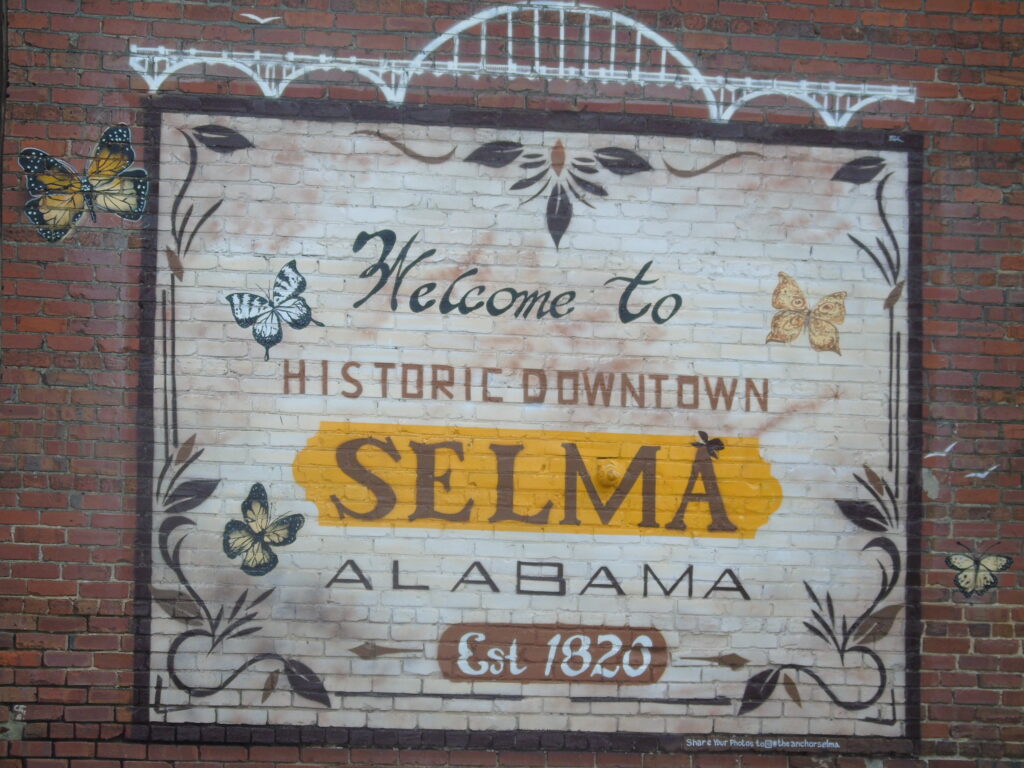Selma, Alabama is most famous as a major scene of the struggle for Civil Rights and the freedom for all to vote as the events of ‘Bloody Sunday’ were captured on TV. Indeed, many of the churches and homes in the city were central meeting spots for the plans and actions of Martin Luther King and others. There are also many old homes and historic graves in the Old Town dating back to before the Civil War when a large battle was fought in the town. Today, the downtown is not particularly vibrant and the Otd Town district suffered a massive tornado that did a lot of lasting damage. (2023)
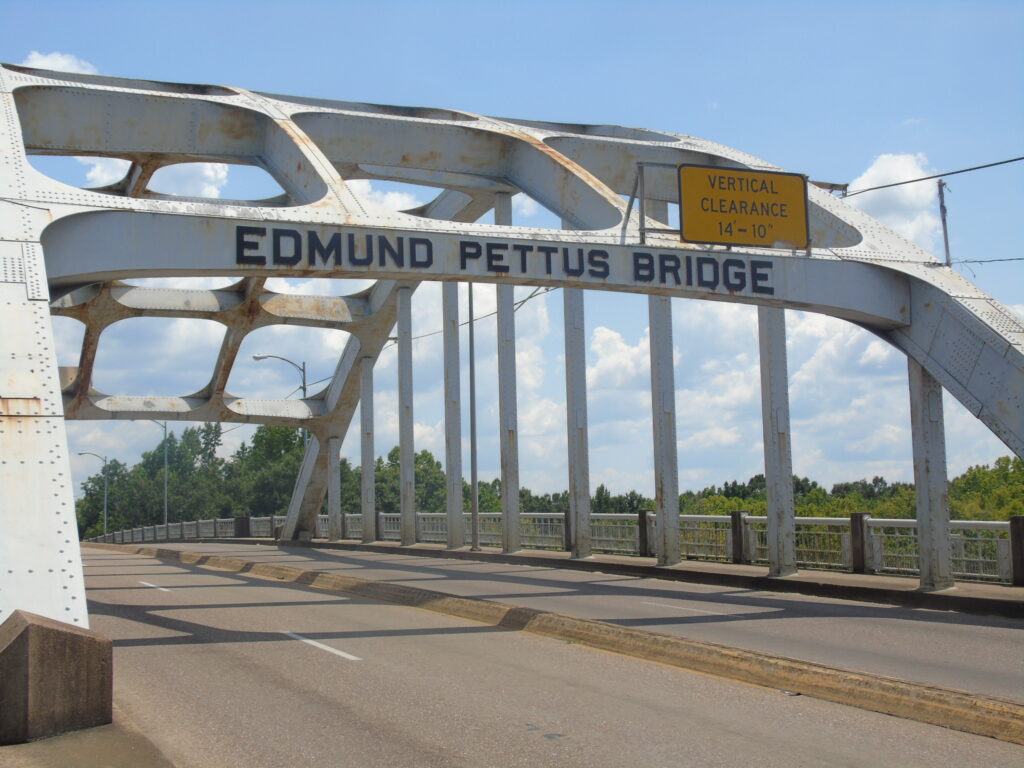
Selma’s most notorious historic site–the Edmund Pettus Bridge where peaceful black protesters were beaten mercilessly by state troopers as they tried to march to demand voting rights.
The Alabama River flood under the bridge and looking back from it to downtown you can see the many old buildings lining Water Avenue that runs beside it.
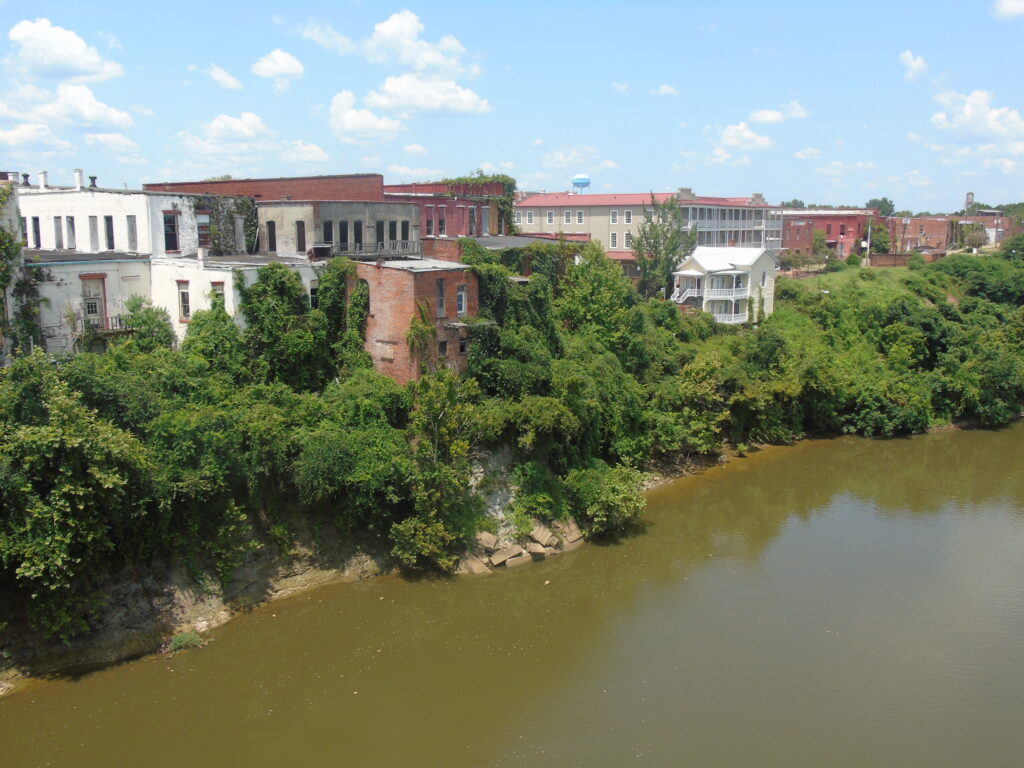
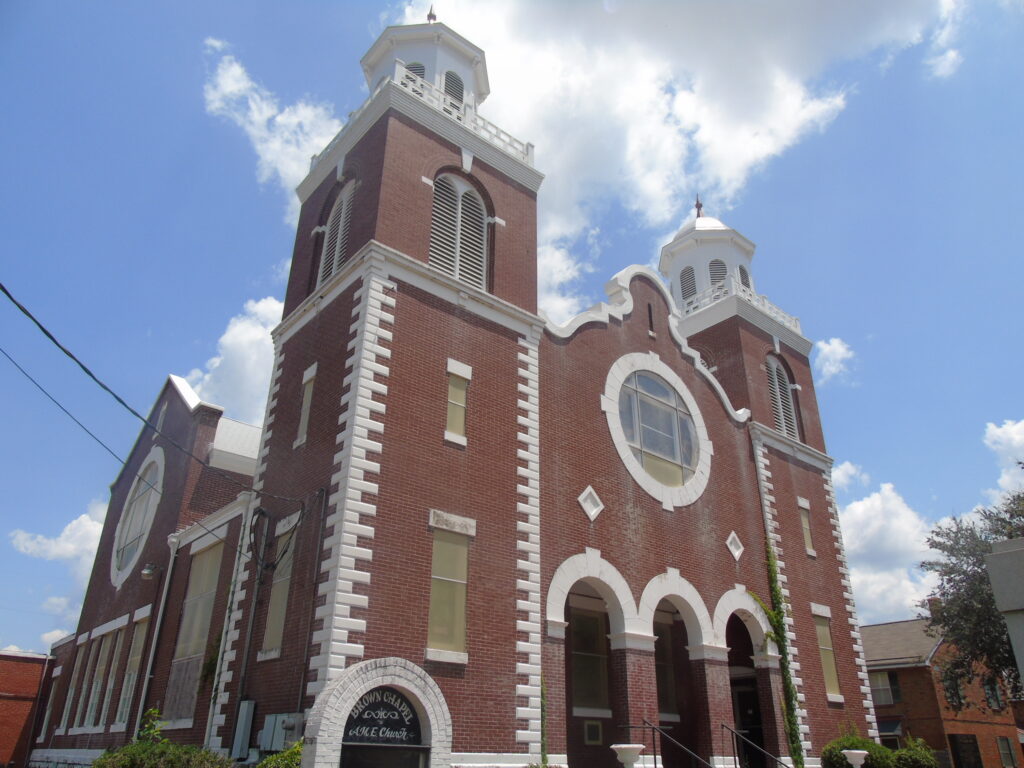
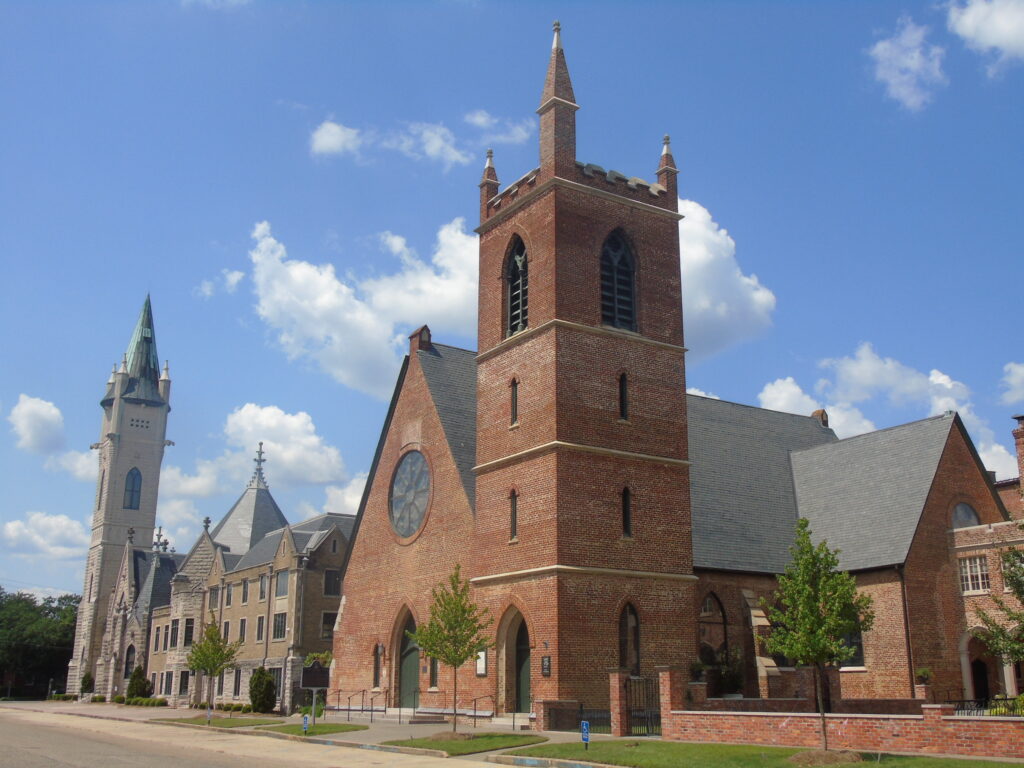
Selma is chock full of old churches, many of which played important roles in the Civil Right era, especially Bethel AME church pictured above. Other iconic churches in the city include St. Paul’s Episcopal and neighboring First Baptist pictured below.
The famous Sturdivant Hall in the Old Town of Selma survived the January 2023 tornado but many buildings and structures near it did not.
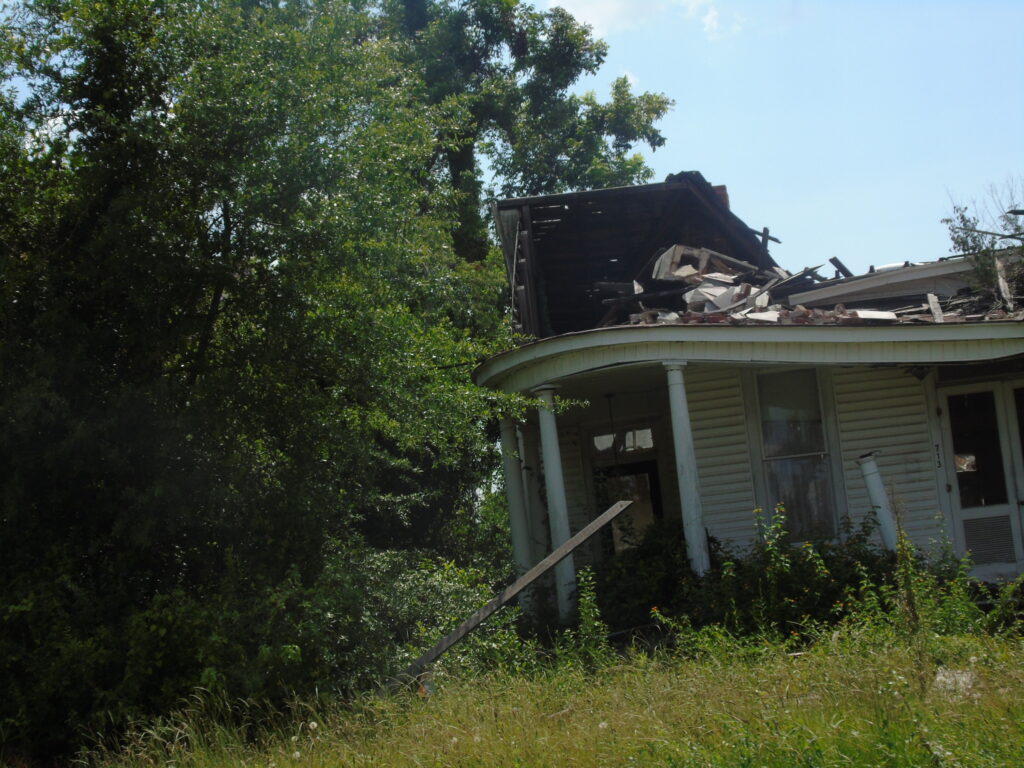
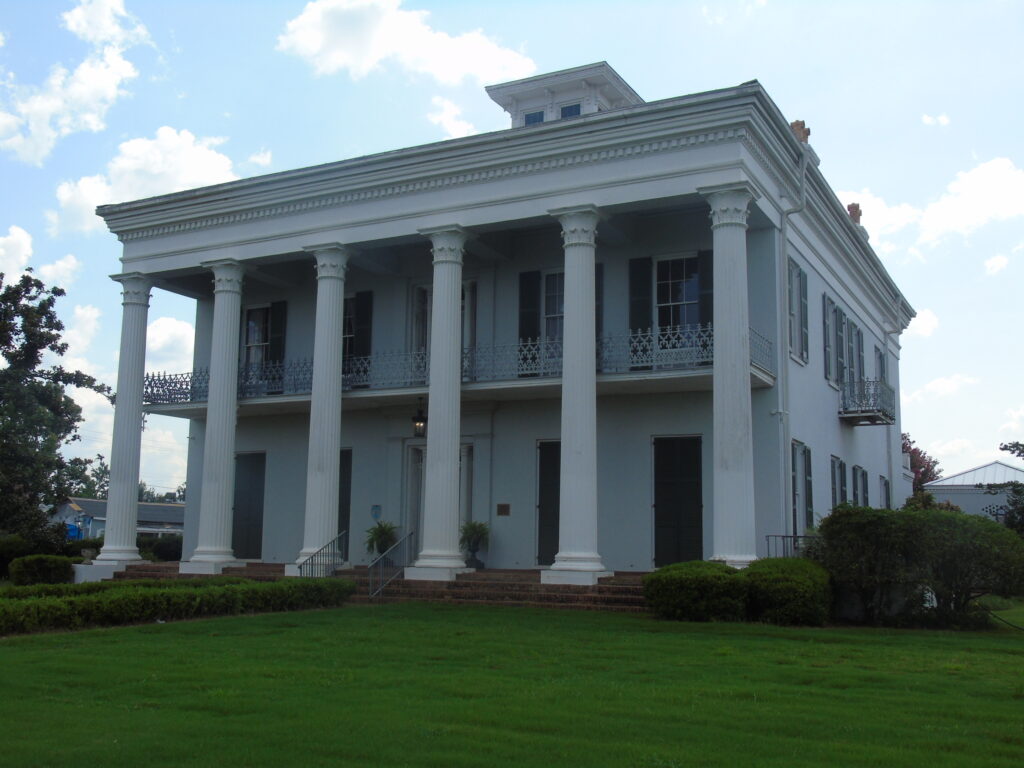
The famous and historic registered Live Oak Cemetary in the Selmas is hauntingly beautiful with it numerous magnolias draped in Spanish moss. (I was rather surprised however to discover it is also a place where groups have taken to honoring Nathan Bedford Forrest and continue to erect new memorials in his honor!)
